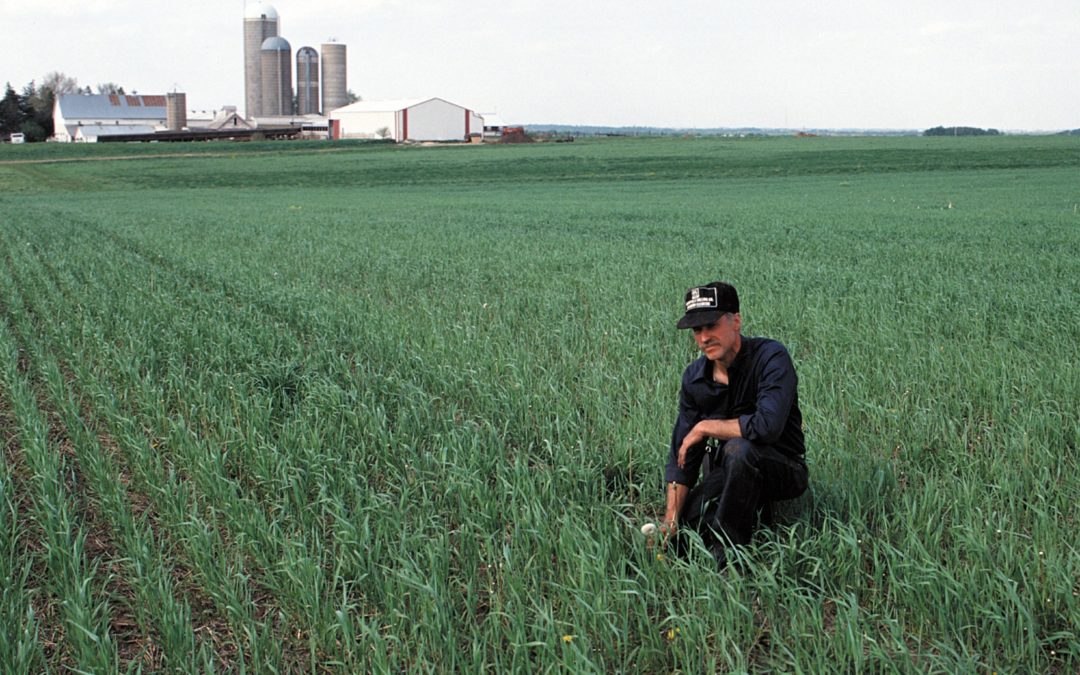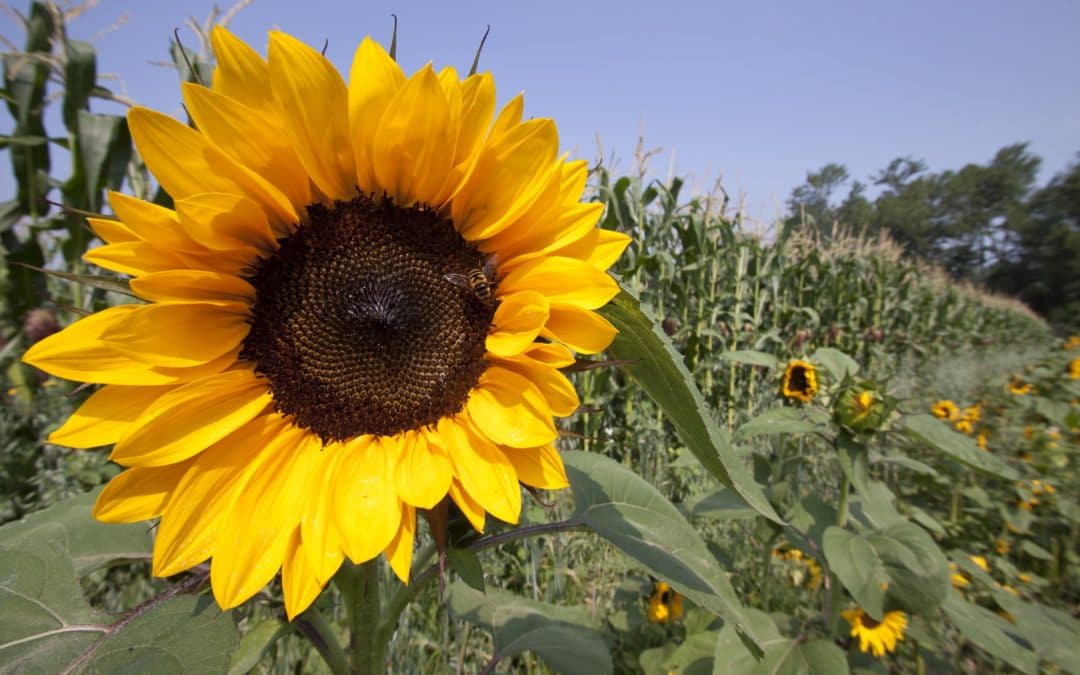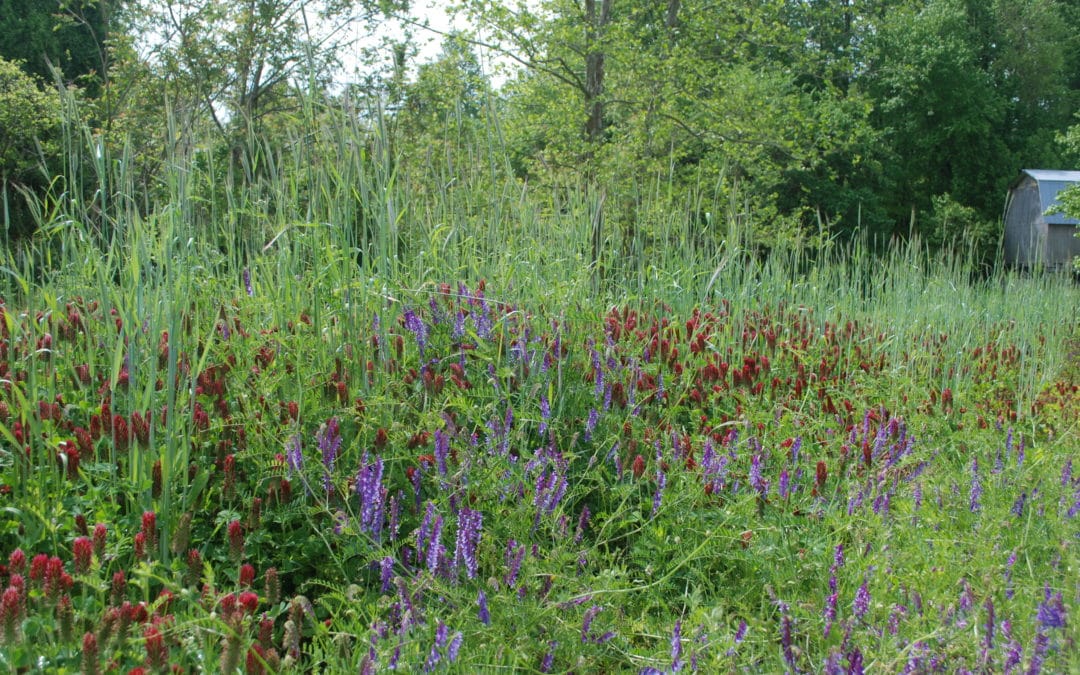
Corn Plant Potential: Average Yields
The ideal soil for growing corn is deep (six or more feet), medium-textured and loose, well-drained, high in water-holding capacity and organic matter, and able to supply all the nutrients the plant needs.

The ideal soil for growing corn is deep (six or more feet), medium-textured and loose, well-drained, high in water-holding capacity and organic matter, and able to supply all the nutrients the plant needs.

Bermudagrass has long been popular as forage for horses, but teff grass has potential as an alternative. Teff is not only palatable for the horses but they’ve shown some preference for it in certain situations, according to a study at the University of Arkansas System Division of Agriculture.

“Our results showed that zucchini yield was influenced positively by the vetch residue management strategy, although the response was significantly different between years,” the scientists said. “The vetch cover crop increased marketable zucchini yield in the first year by 46.6 percent compared with the fallow treatment, indicating that this fertility-building crop could reduce off-farm nitrogen (N) fertilizer input for subsequent crops.

Planting cover crops in rotation between cash crops is even more valuable than previously thought, according to a team of agronomists, entomologists, agroecologists, horticulturists and biogeochemists from Penn State’s College of Agricultural Sciences. Research, published in Agricultural Systems, quantified the benefits offered by cover crops across more than 10 ecosystem services.

The sunflowers attract stinkbugs, specifically the leaf-footed bug, which aggressively attacks tomatoes and peppers. The sunflower is acting as a trap crop, keeping the pest away from the farm’s cash crop. In addition, buckwheat attracts a wide array of beneficial insects, including native pollinators.

Cover crops are increasingly being used by farmers across the country to suppress weeds, conserve soil, protect water quality and control pests and diseases.